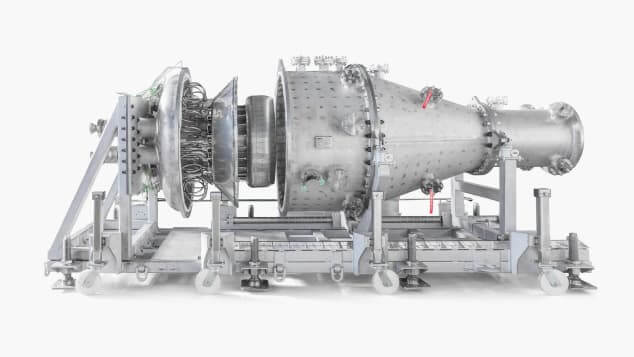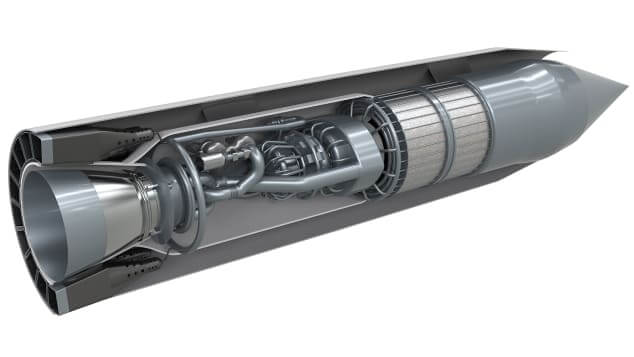Forward-looking: At the UK Space Conference 2019, the country's space agency announced that it would be closely working with the Australian Space Agency on an agreement called the "world's first Space Bridge" that includes the prospect of hypersonic space travel between Australia and the UK. A possibility, thanks to the Sabre engine currently in development at the Oxfordshire-based Reaction Engines Limited.

By 2030, hypersonic flights could potentially let people travel from the UK to New York in an hour or reach Australia in four hours. That's the ambition set by the UK and Australia's space agencies as they recently signed up on a 'space bridge' agreement to collaborate and advance in the space industry.
The development took place at this year's UK Space Conference held in Wales. "A space bridge agreement will bring significant benefits to both our thriving space industries, facilitating new trade and investment opportunities and the exchange of knowledge and ideas," commented Dr Graham Turnock, CEO of the UK Space Agency. "It was a pleasure to welcome the Australian Space Agency to the UK Space Conference 2019 and to set out our intent to increase collaboration," he added.

Part of this collaboration involves working on a new hypersonic aircraft powered by UK's Reaction Engines Ltd. The Synergetic Air-Breathing Rocket Engine (SABRE) currently undergoing development at the company is said to have the fuel efficiency of a jet engine combined with the power and high-speed ability of a rocket.
"When we have brought the SABRE rocket engine to fruition, that may enable us to get to Australia in perhaps as little as four hours," said Dr Graham, adding that "This is technology that could definitely deliver that. We're talking the 2030s for operational service, and the work is already very advanced."

Reaction Engines also ran successful tests of a precooler in April this year, in which it simulated conditions at Mach 3.3 (more than three times the speed of sound). These simulations were conducted at a testing facility in the Colorado Air and Space Port in the US.
The precooler was tested to ensure that extremely hot temperatures caused by high-speed air-flow through the engine wouldn't damage any components. The company said that the precooler was able to cool gases over 1,000 °C to ambient temperature in less than 1/20th of a second. "This is a hugely significant milestone which has seen Reaction Engines' proprietary precooler technology achieve unparalleled heat transfer performance," said Mark Thomas, CEO of Reaction Engines.
The company's program director Shaun Driscoll said that the Sabre engine was like a hybrid of a rocket engine and an aero engine as it allowed a rocket to breathe air. "Rockets really haven't progressed in 70 years, whereas aero engines have become very efficient, so if you can combine an aero engine and a rocket you can have a very lightweight efficient propulsion system and basically create a space plane," he said.
With over £100 million ($130 million) in funding over the past four years, Reaction Engines has garnered interest of many big names in the industry including BAE Systems, Rolls-Royce and Boeing.
A testing facility at Buckinghamshire, UK, is being finalized for construction that will serve as the location for the first ground-based demonstration of a SABRE engine air-breathing core.
Image(s) Credit: Reaction Engines